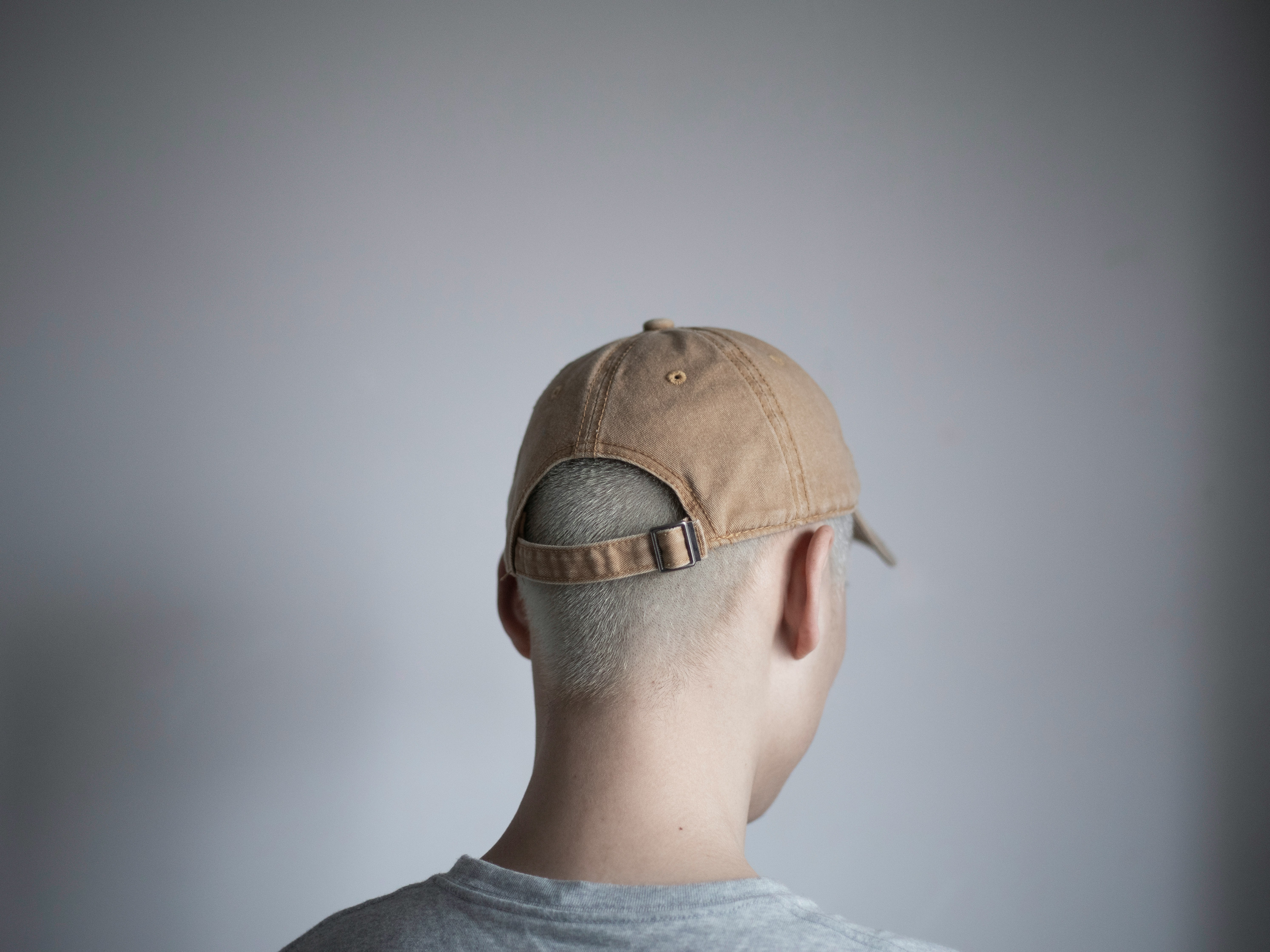If one ear doesn’t pull its weight, the world gets lopsided: voices vanish on your deaf side, restaurants feel like chaos, and finding a ringing phone becomes a scavenger hunt. The good news? Modern treatments can reroute sound, unlock better conversation in noise, and even calm tinnitus. Here’s your clear, no‑fluff guide.
First, what single‑sided deafness actually does
Single‑sided deafness (SSD) means one ear has severe-to-profound hearing loss while the other hears normally or close to it. You can hear, but you’ve lost the team sport of two ears working together.
- Head shadow effect: Your head blocks high-pitched sounds on the deaf side, so softer consonants (s, f, t) disappear—especially in noise.
- No sound localization: With one ear offline, the brain can’t compare timing and loudness to pinpoint where sound comes from.
- Noise is the nemesis: When speech and noise mix, the better ear is overloaded. Conversations take more effort (hello, listening fatigue).
- Tinnitus often tags along: Many people notice ringing in the deaf ear that gets louder in quiet moments.
You’re not imagining how exhausting this is. Treating SSD is about reducing the workload on your brain and giving you more access to speech—especially from the deaf side.
Your treatment menu at a glance
- Rerouting systems: Move sound from the deaf side to the hearing ear.
- CROS/BiCROS hearing aids (non-surgical)
- Bone‑anchored hearing systems (surgical or softband)
- Restoration approach: Activate the deaf ear’s pathway.
- Cochlear implant for SSD (surgical)
- Power boosters: Tools that supercharge all of the above.
- Remote microphones, captioning, and smart communication strategies
Each option has trade‑offs. The best one is the one that fits your life, your anatomy, and your goals.
Rerouting option #1: CROS and BiCROS hearing aids
How they work
A tiny microphone sits on the deaf ear and wirelessly sends sound to a receiver on your better ear. If your better ear also needs some help, that setup is called BiCROS—it amplifies the better ear while also relaying the deaf side.
What you’ll likely notice
- Instant awareness of people and sounds on the deaf side.
- Easier small-group chats when the talker is on your deaf side (and noise is mostly on the better-ear side).
- Not a “stereo” fix: Rerouting improves access to sound but does not restore true localization.
Pros
- Non-surgical and reversible.
- Usually quick to fit and try (many clinics offer demos).
- Lightweight; modern models are nearly invisible.
Cons
- Still one-ear hearing (no binaural cues).
- In loud, diffuse noise, benefit varies.
- Requires wearing a device on both ears.
Good candidates tend to be
- People who want a non-surgical first step.
- Those with normal or near-normal hearing in the better ear (CROS) or mild-to-moderate loss (BiCROS).
- Anyone wanting a trial period before committing to surgery.
Rerouting option #2: Bone‑anchored hearing systems (BAHS)
How they work
A small processor picks up sound on the deaf side and sends gentle vibrations through the skull to the better ear’s cochlea. You can trial a softband (no surgery). Long-term use typically involves a titanium implant behind the ear with either a small abutment or a magnet under the skin.
What you’ll likely notice
- Clearer access to the deaf side without blocking your better ear.
- Like CROS, BAHS doesn’t restore localization, but it reduces the head shadow.
Pros
- Open ear canal on the better ear—no occlusion.
- Stable, hands-off hearing once fitted; good in active or sweaty settings.
- Softband trials help you preview benefit.
Cons
- Involves minor surgery for long-term wear.
- Skin care and hygiene matter (especially with abutments).
- Still a reroute, not binaural restoration.
Good candidates tend to be
- People who cannot tolerate a device in the better ear canal.
- Those with chronic ear infections or moisture issues where an ear-insert is tricky.
- Folks wanting a rugged, set‑and‑forget solution.
Restoration option: Cochlear implant for SSD
How it works
A cochlear implant (CI) bypasses damaged inner-ear cells and directly stimulates the hearing nerve in the deaf ear. Your brain receives input from both sides again and can relearn to compare them.
What you’ll likely notice
- Improved speech understanding in noise compared to unaided or rerouting alone in many studies.
- Better localization cues over time as your brain adapts.
- Tinnitus often softens or becomes easier to ignore when the implant is on (not universal, but common in research).
Pros
- Reactivates the binaural system—the only option that can restore spatial hearing cues.
- Can be life-changing for tinnitus burden in SSD.
- Modern devices are MRI-conditional and highly programmable.
Cons
- Surgery with small but real risks (infection, dizziness, taste changes).
- Rehabilitation commitment: regular listening practice and follow-ups.
- Outcomes vary; patience is essential in the first months.
Good candidates tend to be
- People with severe-to-profound loss in one ear and normal/near-normal other ear.
- Those whose goals include localization, easier hearing in complex noise, or tinnitus relief.
- Individuals open to surgery and weekly practice early on.
Important: Only a comprehensive evaluation with an audiologist and an otologist/ENT can determine candidacy.
How to choose: quick decision path
- Want the simplest, reversible start? Trial a CROS (or BiCROS if your better ear needs help). If you like the “deaf-side awareness” and convenience, you may be done.
- Need an open ear canal or super-stable hardware? Try a BAHS softband. If it clicks, consider the implant for long-term wear.
- Crave spatial hearing and tinnitus relief? Discuss cochlear implant candidacy and outcomes with a CI team.
- Unsure? Demo more than one option. Bring a loved one and test in noise if possible.
Life upgrades that multiply the benefit
- Remote microphones: A clip-on or tabletop mic beams a talker’s voice directly to your device. Game-changer in restaurants, meetings, and cars.
- Smart positioning: Place people on your better ear side for important talks; for CROS/BAHS users, seat noise to the better-ear side and talkers to the deaf side when possible.
- Room acoustics: Soft furnishings, rugs, and curtains tame echo and background clatter.
- Driving: Use a remote mic or swap seats so passengers sit on your better side.
- Phone calls: Stream to your device or use speakerphone with captions (iOS/Android accessibility, captioning apps, or service desk phones).
- Work accommodations: Ask for meeting captions, mic passes, and clear turn-taking. Many employers will help when they understand the “why.”
The first 90 days: set expectations
- Weeks 1–2: Get comfortable. Wear the device all waking hours (for CI, start with guided activation). Note situations that still feel hard.
- Weeks 3–6: Fine-tuning. Bring real-world notes to your audiologist: restaurants, car rides, Zoom calls. Small programming tweaks add up.
- Weeks 6–12: Brain training. Try short daily listening tasks: localizing with eyes closed, placing a remote speaker in different spots, or using app-based auditory training.
- Anytime: If you feel stuck, ask your clinic for aided speech-in-noise testing and adjustments based on the results.
Costs and coverage (no surprises)
- CROS/BiCROS: Typically purchased like hearing aids. Coverage varies by insurance; many clinics offer trial periods and financing. Expect periodic battery or charger costs.
- BAHS: Surgical systems may be covered as implantable devices when criteria are met. Ask about softband trials, warranty, and upgrade paths.
- Cochlear implant for SSD: Increasingly covered by private insurers with appropriate documentation; coverage varies by plan and region. There are device, surgery, and rehab costs—your CI center can preauthorize and explain.
- Use your benefits: FSA/HSA funds can help. Request a clear, written estimate from the clinic.
Your next step
You don’t have to guess your way through this. Book an appointment with an audiologist for a full hearing evaluation and device demos, and an otologist/ENT if you’re considering surgical options. Ask for:
- Speech-in-noise testing and discussion of your toughest listening environments.
- On-the-spot demos of CROS/BAHS with a remote mic in a noisy room.
- Referral to a cochlear implant team if you want to explore binaural restoration and tinnitus relief.
Your ears may feel uneven—but your life doesn’t have to be. With the right plan, conversations can get easier, evenings can feel quieter, and you can get back to locating the voice calling your name.
Further Reading
- Hearing With One Ear? Real‑World Treatments for Single‑Sided Deafness (Treatment) - Single-Sided Deafness in Adults: CROS, Bone-Anchored, or Cochlear Implant? (Treatment) - Make Words Click Again: Auditory Training for Adults That Improves Conversation (Treatment) - Listening Fatigue Is Real: Use Your Hearing Aids to Spend Less Energy on Every Conversation (Hearing Aids)Frequently Asked Questions
Will a CROS or BAHS give me stereo hearing again?
No. Rerouting systems send sound from the deaf side to your better ear, improving awareness but not restoring true binaural cues (localization, spatial separation). Many people still find them highly useful for catching speech on the deaf side. If restoring spatial hearing is a top goal, ask about cochlear implant candidacy for SSD.
Can a cochlear implant cure single‑sided deafness?
A cochlear implant doesn’t cure the inner-ear damage, but it can restore access to sound on the deaf side by directly stimulating the hearing nerve. Many recipients report better speech-in-noise understanding, improved localization, and often tinnitus relief. Outcomes vary, and consistent use plus rehabilitation drive the best results.
Which is better for SSD: CROS or a bone‑anchored system?
Both reroute sound and can work well. CROS is non-surgical and easy to trial; BAHS keeps the better ear canal open and can feel more natural for some, but usually involves minor surgery for long-term wear. Comfort, cosmetics, skin care, and your daily environments often decide the winner. Trial both if you can.
Will treating SSD help my tinnitus?
Often, yes—especially with cochlear implants, which frequently reduce tinnitus loudness or distress in SSD. Rerouting devices can also help by improving access to environmental sound, which can make tinnitus less noticeable. Talk with your audiologist about your tinnitus goals when choosing an option.



